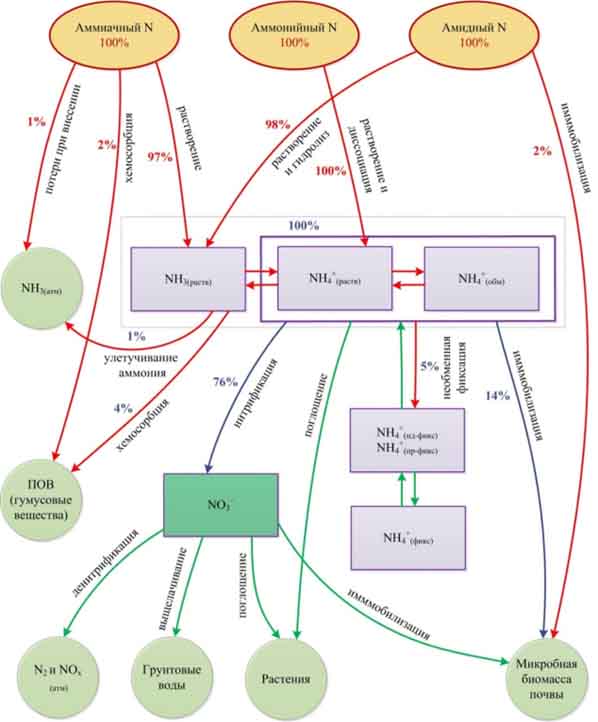Transformation of ammonia, ammonium and amide fertilizers in chernozemic soils
DOI:
https://doi.org/10.31251/pos.v8i3.337Keywords:
nitrogen; fertilizers; ammonia; ammonium; amide; nitrate; transformation of fertilizers in soil; chernozemic soils; Siberia.Abstract
The review examines the processes occurring with ammonia, ammonium and amide fertilizers in the first 7–10 days after their application to soil, as well as the factors (both external abiotic and inner soil-specific) that determine the transformation rate of these nitrogen compounds. A more detailed analysis is provided of the influence of factors/conditions, common for agro-transformed chernozemic soils, on a corresponding (relatively high) soil organic matter content, granulometric composition (ranging from sandy loam to sandy clay), and actual acidity (ranging from slightly acidic to neutral), i.e. soils that are the basis of the arable land of the chernozemic belt of Russia. The conclusion presents a diagram of the main processes of nitrogen fertilizer transformation and the intensity of these processes when fertilizers are applied right before or at the time of sowing in chernozemic soils in late spring (which for the agricultural region of Siberia usually falls on the first-second and, less often, third decade of May), which allows the results of this review to be used for practical purposes.
Downloads

Downloads
Published
How to Cite
Issue
Section
License
Copyright (c) 2025 The Journal of Soils and Environment

This work is licensed under a Creative Commons Attribution 4.0 International License.






